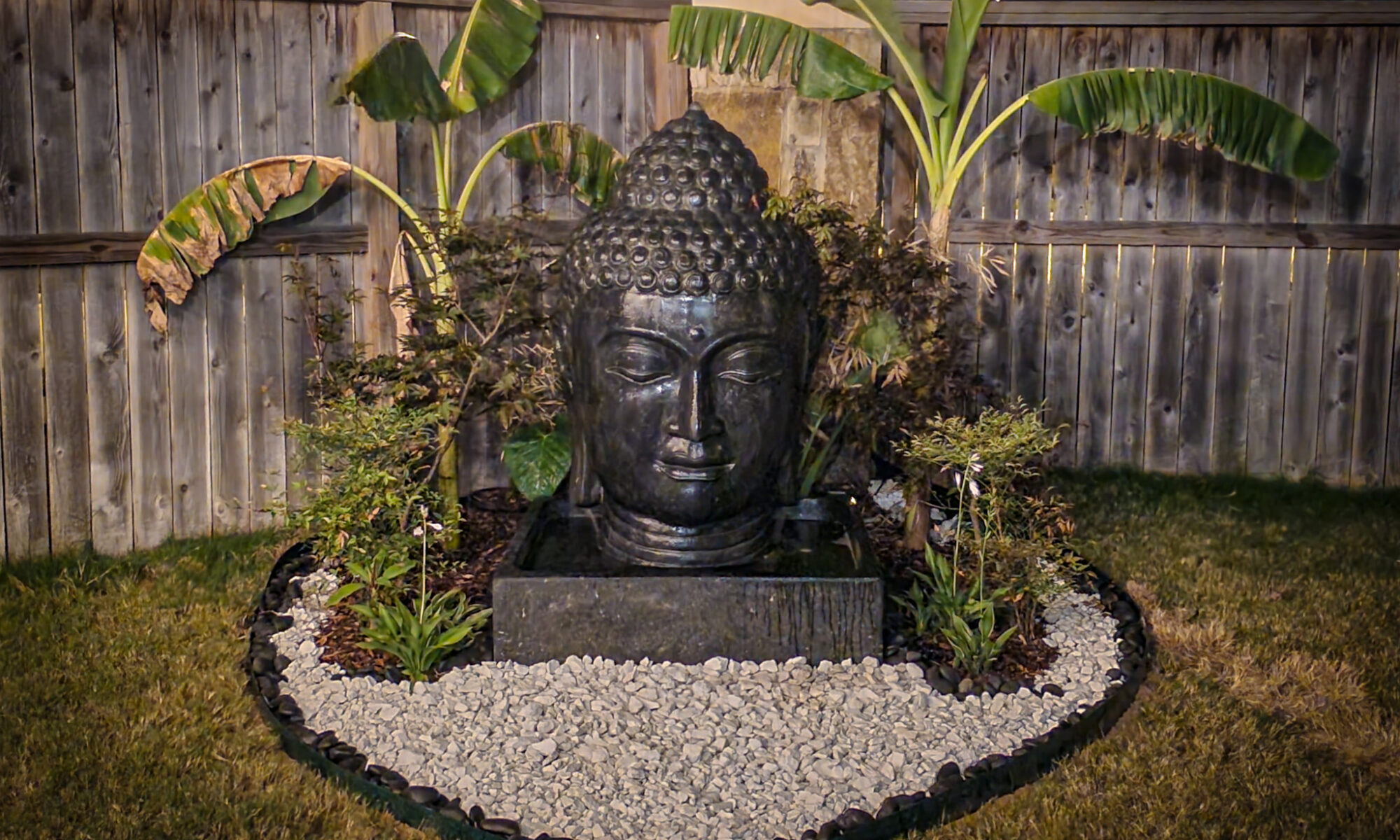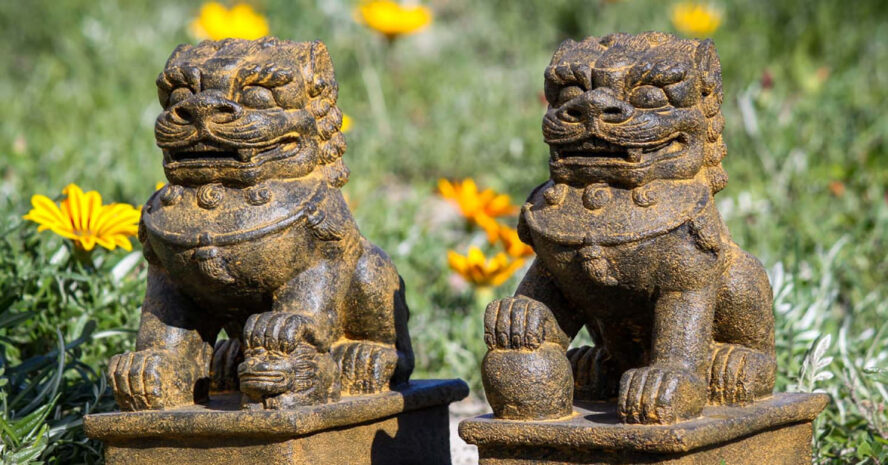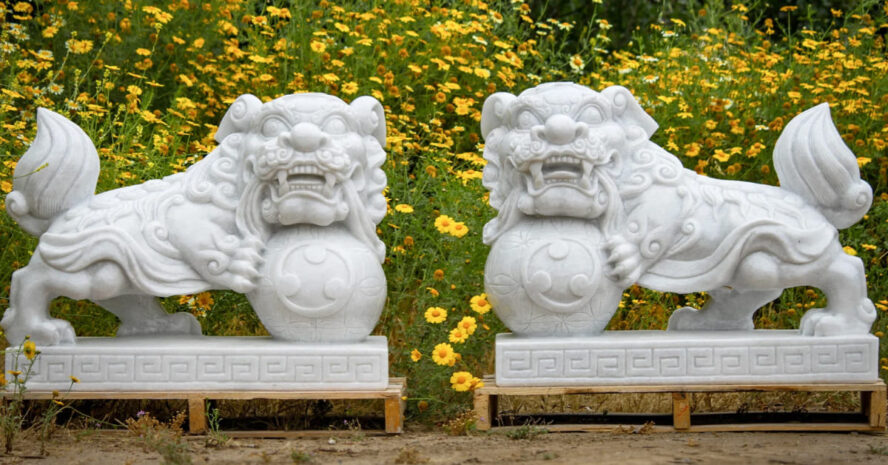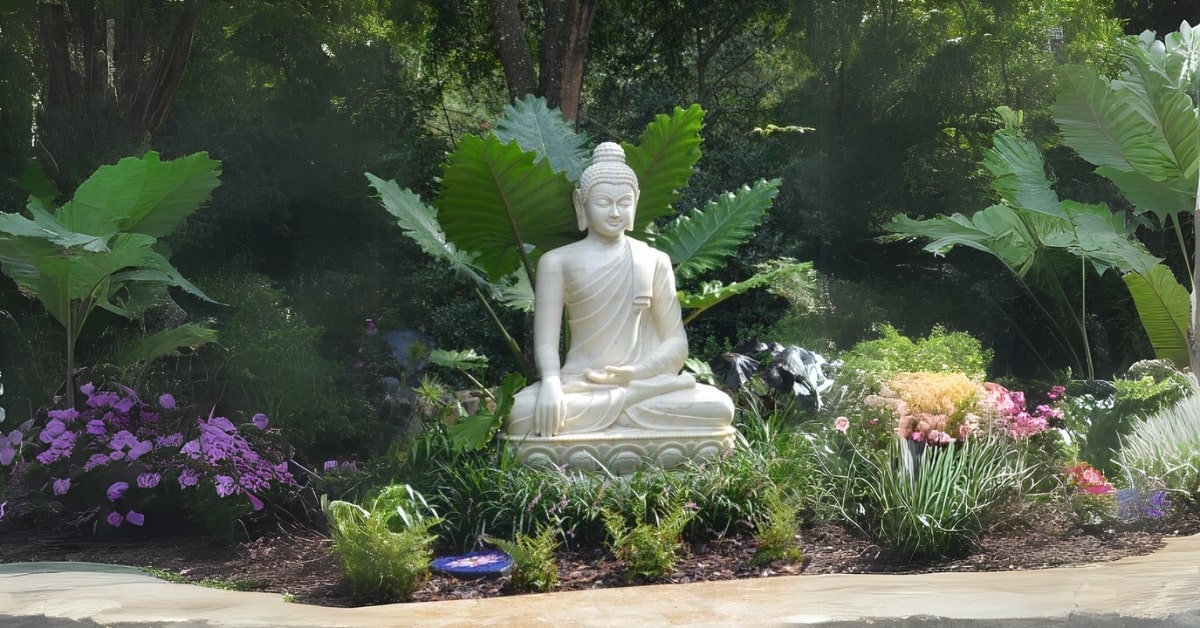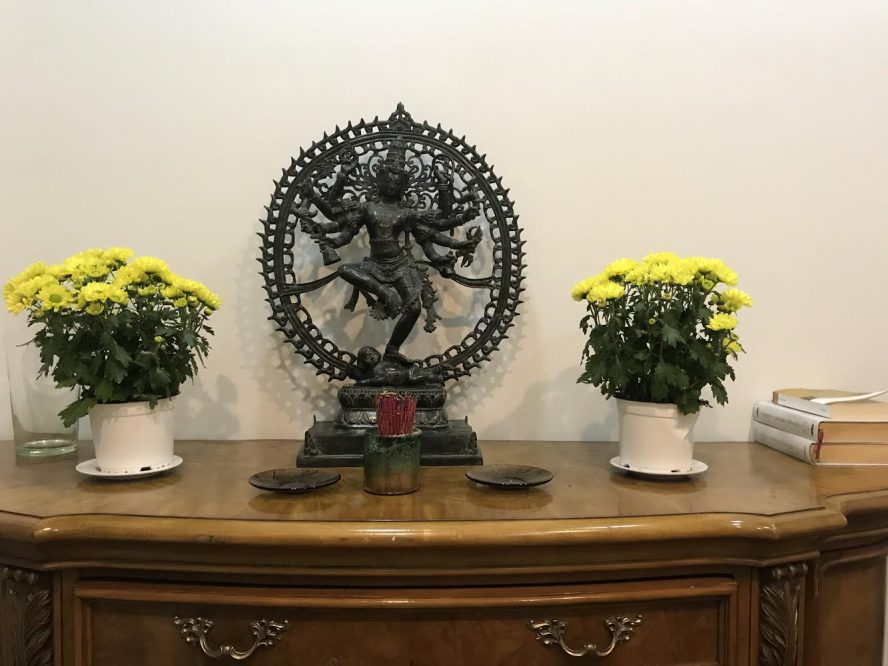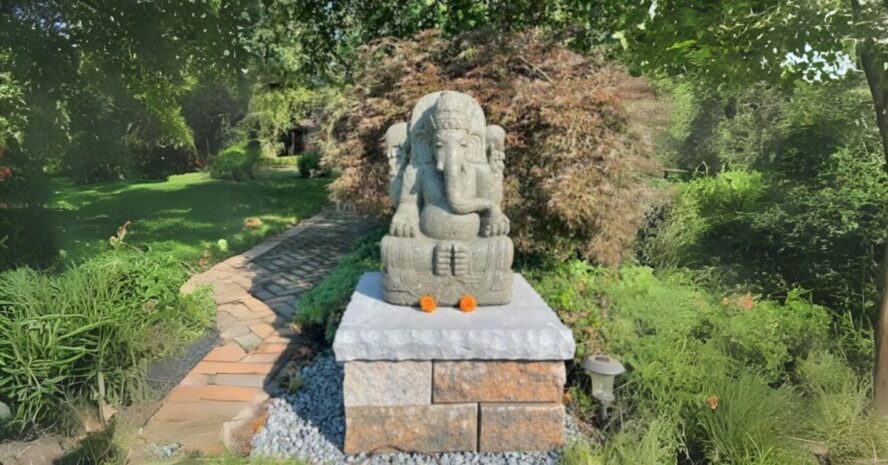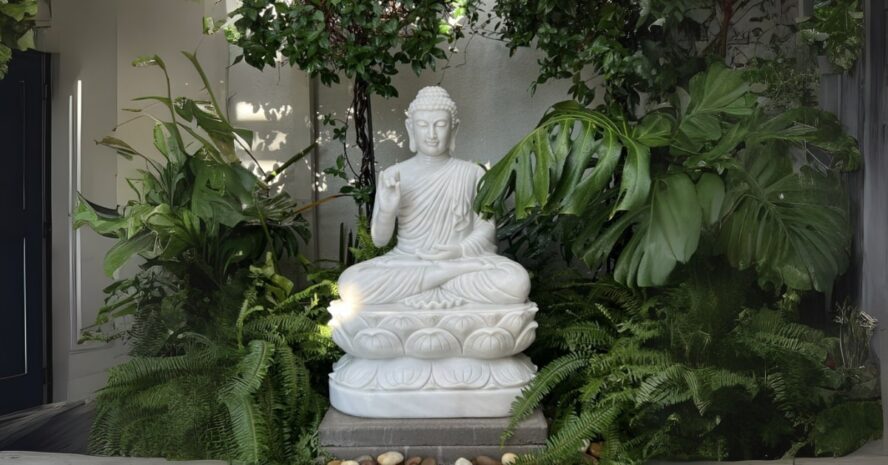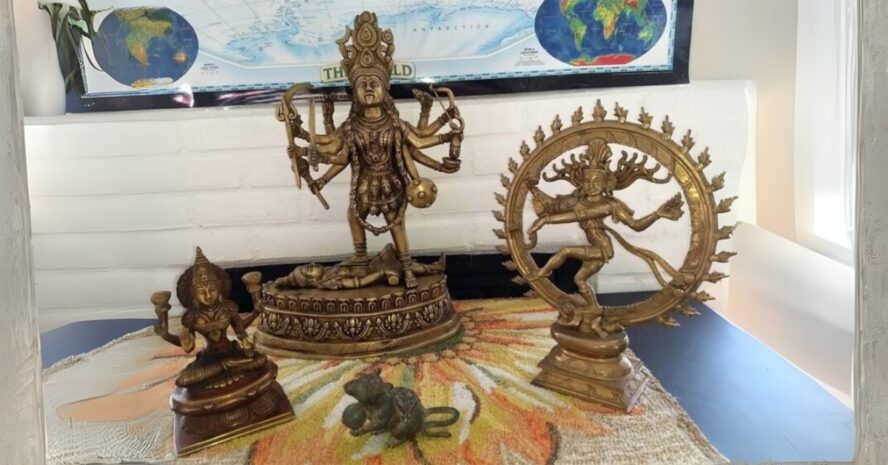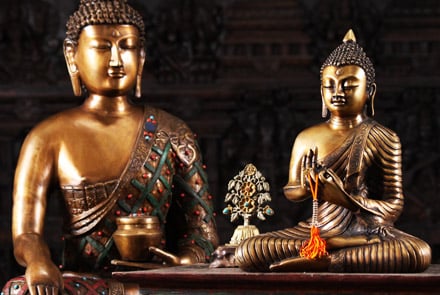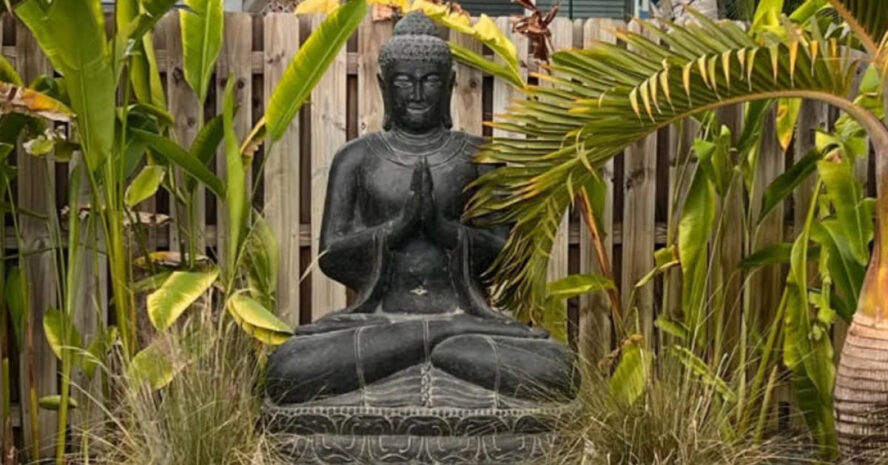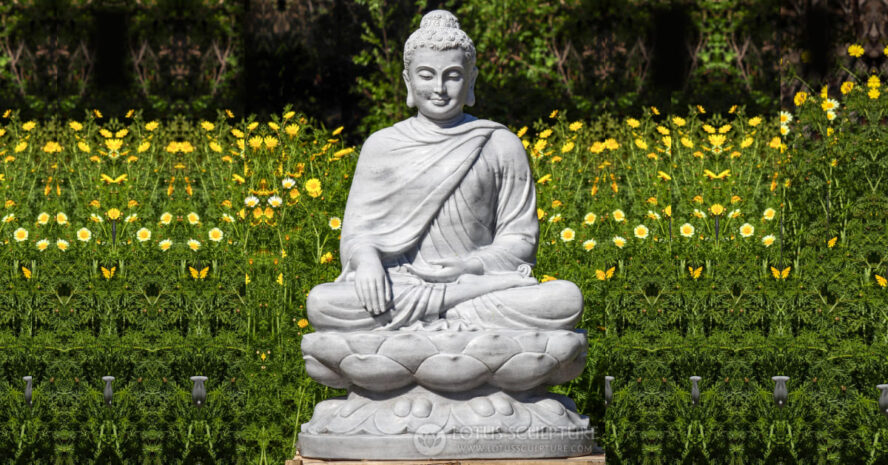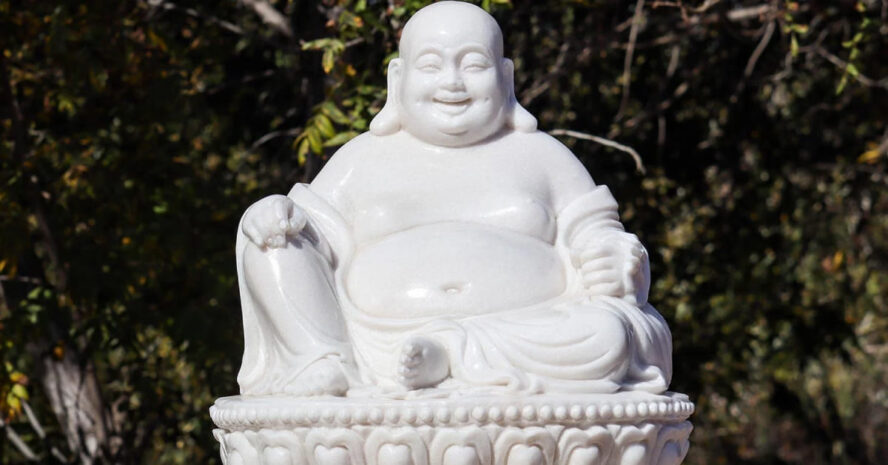From ancient times, Buddha statues have held a very special place in art, spirituality, as well as culture all over the world. Moreover, they not just represent the relaxed and serene expression but also offer very precise details that are not just a symbol of decoration but also of peace, wisdom, as well as enlightenment. Furthermore, in the USA, people are getting quite curious about Buddhism as well as mindfulness practices, which perfectly signifies the overall glory of Buddhist statues as not just a part of spirituality but also an artistic treasure.
However, there are lots of people who are still confused about ‘how much do we even know about these statues or is it enough what we know about them?’ Therefore, here in this article, we’ll explore some of the most interesting facts about these Buddha statues in order to help you create a deeper connection with Buddhism in the long run.
1. Not All Buddha Statues Represents Gautama Buddha
It is often considered as one of the most famous misconceptions about these statutes, as many people think that they only depict Gautam Buddha, the well-known founder of Buddhism. Meanwhile, these statues don’t only depict Gautam Buddha, but also represent some core values of an overall enlightened being such as Maitreya Buddha, the Buddha of the future, as well as Amitabha Buddha which is primarily associated with boundless light and an infinite compassion. Moreover, each statue has its own significance and represents a unique version of Buddhist philosophy as well as learning.
For instance, the statue of the Laughing Buddha, often mistaken as Gautam Buddha primarily represents Budai, a Chinese monk, who was well-known for his cheerful nature. Moreover, it also represents happiness, abundance, as well as a good future.
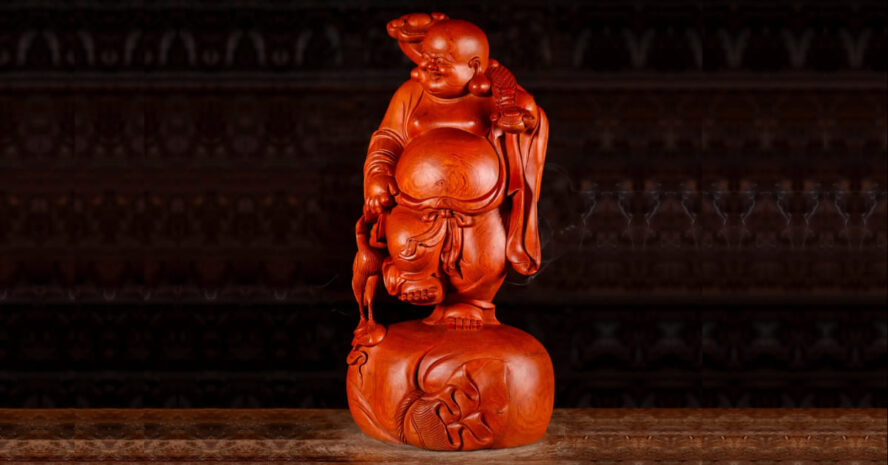
2. The Hand Gestures Have Deep Meanings
It is often considered as one of the most attractive features of the Buddha sculptures and are also called Mudras. Moreover, each of these gestures holds a significant meaning and is considered as an integral part of the Buddhist art and meditation practices. Furthermore, here are some of the common mudras as well as their significance so that you can understand them in a better way.
- Dharmachakra Mudra (Wheel of Dharma): It usually represents teaching as well as the overall transmission of Buddhist knowledge or philosophy.
- Bhumisparsha Mudra (Earth Touching): It represents the overall enlightenment of the Buddha under the Bodhi tree.
- Dhyana Mudra (Meditation): It is often considered as a meditative pose which represents concentration as well as inner peace at its best.
- Abhaya Mudra (Fearlessness): It usually represents protection, reassurance, as well as fearlessness from every situation.
3. Buddha Statues Comes in Various Postures
These Buddha statues usually represent three postures such as sitting, standing, as well as reclining and each one of them offers a different phase of the life lessons of the Buddha.
- Sitting Buddha: It is often considered as one of the most common postures which represents meditation, enlightenment, as well as teaching. Moreover, it also represents the Buddha into a lotus position that creates a sense of focus as well as tranquility.
- Standing Buddha: It usually represents blessings, compassion, as well as protection. Moreover, it also represents the Buddha addressing his followers or teaching lessons during traveling.
- Reclining Buddha: It usually signifies the Buddha in a moment just before entering the stage of Parinirvana (tranquility) or the final stage of enlightenment or detachment from everything.
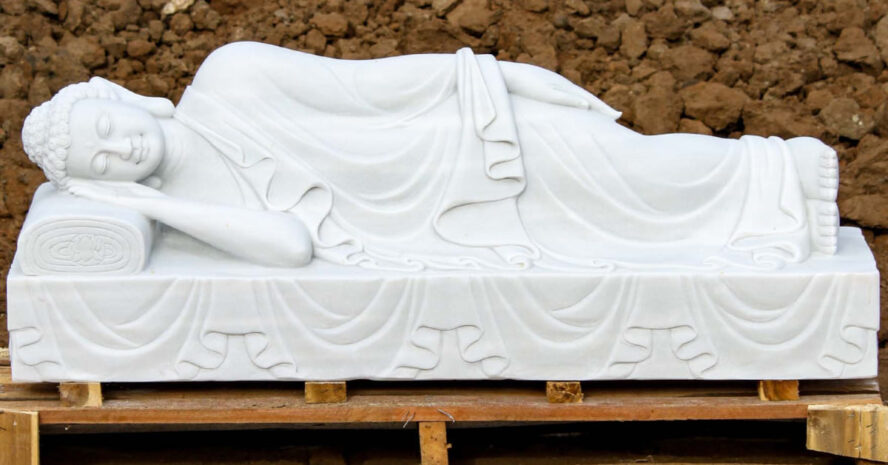
4. The Materials of Buddha Statues Holds Symbolism
The materials that are used in the crafting of these spiritual Buddha statues are often well-known to carry some spiritual meaning which can reflect the principle or cultural traditions of Buddhism.
- Bronze Buddhist Statues: They usually represent durability as well as timelessness which makes them one of the best to depict the eternal wisdom of the Buddha.
- Wood Buddha Statues: They usually represent simplicity as well as humanity which is often considered as a subpart of Zen Buddhism.
- Marble Buddha Statues: They usually reflect the overall strength, stability, as well as alignment with the non-movable nature of the lesson of the Buddha.
- Golden Buddha Statues: They usually reflect a sense of purity, energy, as well the divine nature of the Buddha.
5. Buddha Statues Reflects Regional Influences
Although the core essence of the Buddha statues remains the same, their designs greatly vary from region to region, which also represents their local cultural influences as well as artistic styles.
- Indian Buddha Statues: They usually have intricate details as well as mudras or poses that effectively signify the origin of Buddhism in India.
- Thai Buddha Statues: They are often considered as very famous due to their elongated features, flame-like head ornaments, as well as timeless postures.
- Kwan Yin Statues: They are usually crafted to appear very minimalistic and reflect simplicity that perfectly aligns with the Zen principles of Buddhism.
Conclusion
Buddha sculptures are not just a piece of decoration but are also considered as one of the most powerful symbols of spirituality as well as enlightenment of overall well-being. Moreover, each of the Buddhist statues like the garden Buddha statue or Tara Buddha statue has their own significance as well as lessons in Buddhism. Furthermore, the material that is used to make these statues like the stone buddha, marble Buddha, Indian brass Buddha statues, or golden Buddha reflects a lot about their overall significance in Zen Buddhism. Therefore, whether you’re attracted to them just for their artistic elegance or spiritual power they always have something to offer every individual.
Are you also excited to welcome the timeless elegance and wisdom of the Buddha statue into your pristine home? Then, don’t look any further and contact Lotus Sculpture today to explore the wide range of premium Buddha statues that are specially designed to offer you much-needed peace as well as mindfulness. Visit us today to explore our premium collection in order to bring the serenity of Lord Buddha into your home!

